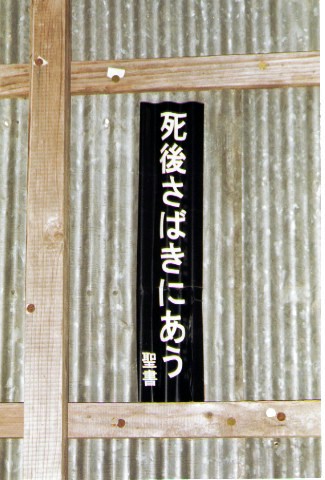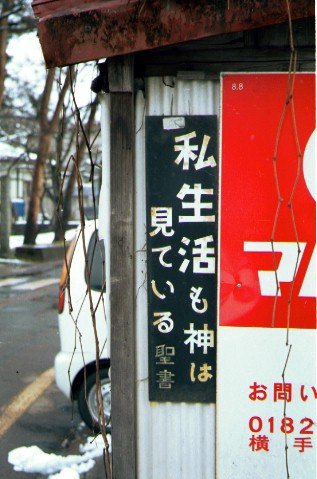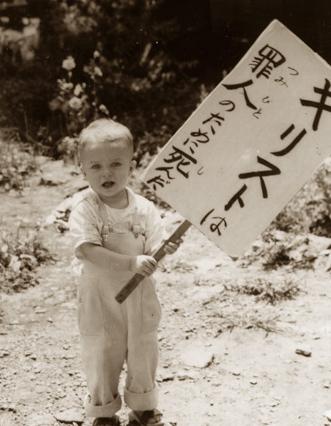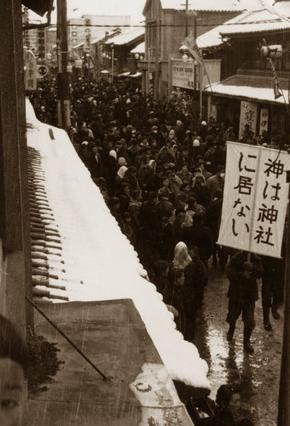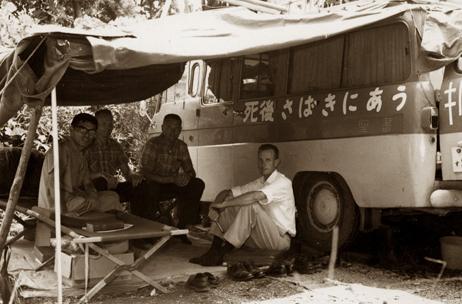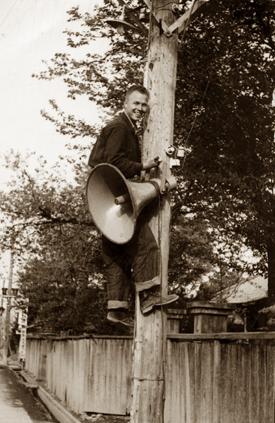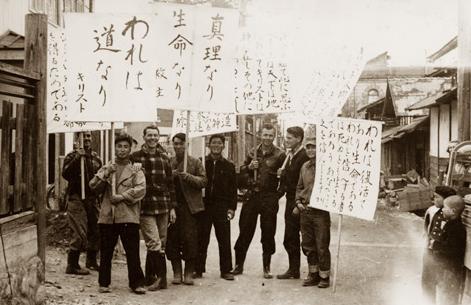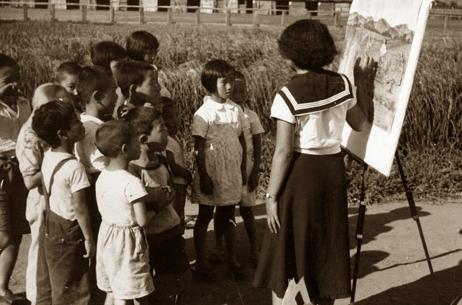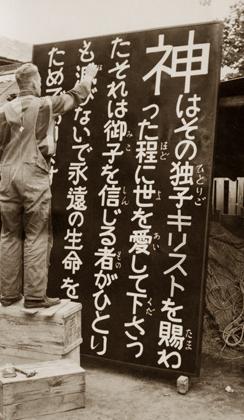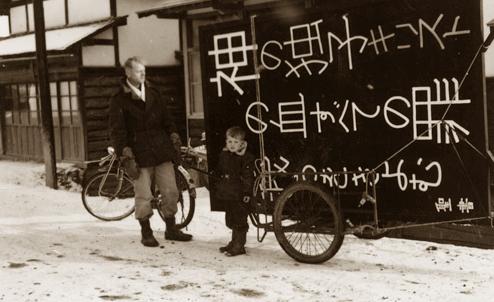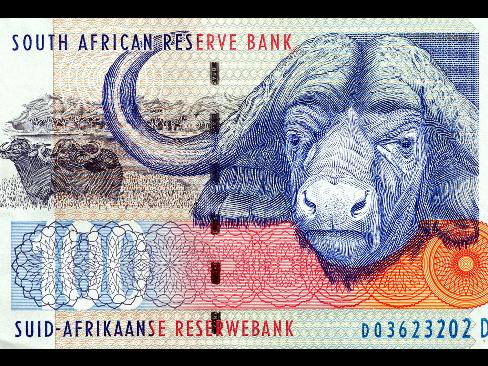Ever wonder which parts of Japan gamble the most? No? Well, stick with me and you might learn something about which prefectures are most willing to line up and pay the poor tax.
Each year, Mizuho Bank (which has a special relationship with the lottery from its days as a government bank) tallies the total number of lottery (Takarakuji) tickets sold and divides that number into each prefecture’s population to obtain an average per capita spending total. According to their numbers for fiscal 2007 (as reported in the Nikkei), the top ticket buyers were Tokyo, Osaka, and Kochi prefecture in Shikoku. There was a huge gap between the top of the list (Tokyo’s 12,933 yen) versus the bottom (Yamagata’s 5,328 yen). The top prefectures tended be prefectures that house large cities, such as Aichi.
UPDATE: A typical lottery ticket in Japan costs around 300 yen, meaning that Tokyo residents buy around 43 tickets a year or just about one every week.
Prefectures with the lowest home ownership rates tended to buy more lottery tickets. Tokyo and Osaka, the first and second highest per-capita lottery players, also have the two lowest home ownership ratios, in the same order. Okinawa has the third lowest, and its residents are Japan’s sixth biggest lottery gamblers. On the other hand, Aichi, another prefecture full of takarakuji hopefuls, had the seventh lowest home ownership ratio. (Bonus fact: Toyama prefecture had the highest home ownership rate in 2003 (around 80%). Toyama residents play it relatively safe with a middling per capita lottery spend of between 7,000-7,999 yen).
The outlier was Kochi prefecture, however, indicating that low home ownership, a signifier of relative poverty, does not make up the only factor explaining the results. An official from Kochi prefecture’s budget division speculated, “Perhaps the prefecture residents’ nature of determination and love of gambling had an impact.”
A brief overview of Japan’s lottery system
Though it only brings in about 1/20 the revenue of the almighty pachinko, Japan’s lottery, with its estimated 15,000 or so ticket booths outside train stations (more booths than pachinko parlors, one for every 8,600 people), has been a highly visible form of legal gambling in Japan throughout the postwar era, along with horse racing, yacht speedboat racing, bicycle racing, and mahjong.
According to Wiki Japan, lottery-style gambling in Japan got its start in the Edo period as Shinto shrines and Buddhist temples offered tomikuji (essentially the same as a lottery) in order to raise funds for repairs. Over the years, tomikuji faced various bans from the authorities, and private-sector lotteries remain criminalized to this day. In July 1945, a desperate wartime government instituted a lottery, but Japan surrendered and chaos reigned before a drawing could even be held. A national government-backed lottery was re-instituted during the US occupation in 1948, though it was abandoned in 1954, leaving only regional lotteries. Takarakuji took its current form in 1964 with the foundation of the Japan Lottery Association, a grouping of the regional lotteries.
According to association data, in fiscal 2007 (the period covered by the above survey) Japanese gamblers bought 1.0442 trillion yen in tickets, or about 8,200 yen per person. The US doesn’t have a national lottery per se, but the UK does – on average, UK residents spent 80 pounds (12,905 yen by the current exchange rate) per capita on national Lotto in 2008. The UK lottery’s press kit (PDF) claims that 70% of adults are regular players (but doesn’t cite a source), while a 2007 poll from Japan’s lottery association found that 55% of those polled had purchased at ticket at least once in the past year. The UK system, in which operations are contracted to a private company, appears to be more efficient than the one in Japan. According to the UK press kit, 10% of every pound spent on lottery tickets goes to operations and expenses (5% in dealer commission, 4.5% in operating costs, and 0.5% in shareholder dividends), versus 14.4% of each ticket in Japan (with 45.8% going to paying winners and 39.8% going into the general accounts of each prefecture and major cities).
The odds of winning a current popular Japanese game Loto 6 is 1 in 6 million, which is comparable to other lotteries I am familiar with in the US (and of course less likely than getting hit by lightning).
See the full list after the jump!
Continue reading Which Japanese prefectures sell the most lottery tickets per person?

 Google’s commemorative logos have become a tradition over the years starting from simple doodles to more complex pieces,
Google’s commemorative logos have become a tradition over the years starting from simple doodles to more complex pieces, 